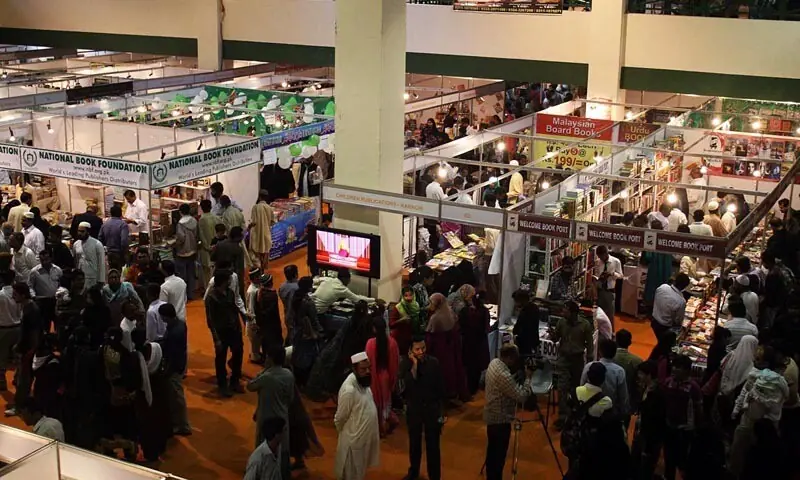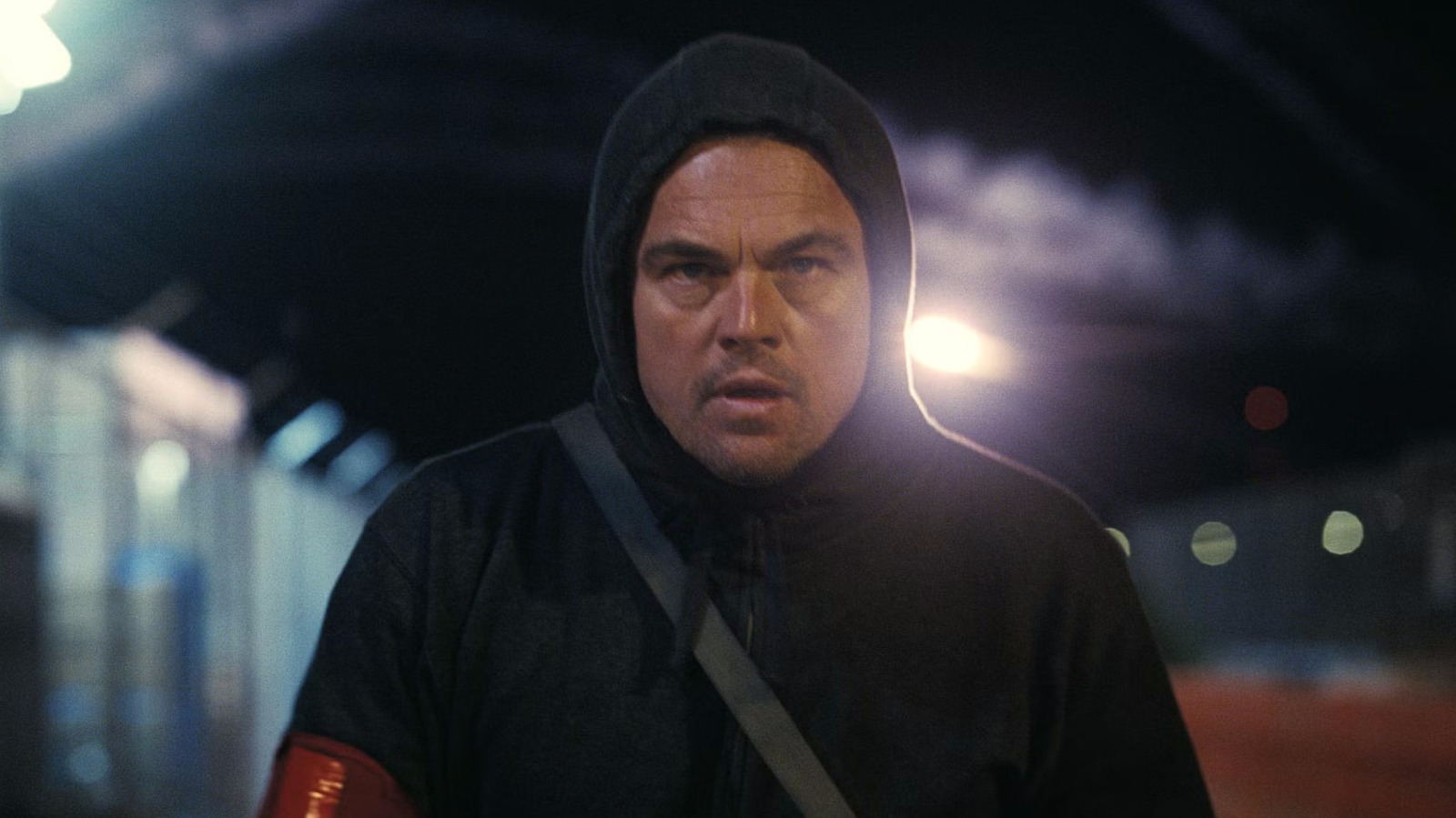By Ghana News
Copyright ghanamma

The US federal government shutdown has officially begun.
This would now likely leave hundreds of thousands of workers on unpaid leave and halt many government programs and services.
The shutdown comes hours after the Republican-controlled Senate failed to pass a government spending bill.
This is the first government shutdown since 2018 and will see non-essential workers placed on unpaid leave.
A letter issued by the director of the Congressional Budget Office prior to the shutdown has given more details on the potential financial implications.
In the letter from Phillip Swagel, the office estimates 750,000 federal employees could be furloughed each day, with a total daily cost of around $400m (┬Ż297m).
It adds that this projected number of furloughed employees could vary daily, as some agencies might furlough more employees the longer the shutdown persists, while others might recall some initially furloughed employees.
Members of Congress will still be paid as their pay is required by the American constitution, the letter adds.
As for the military, they are required to work during a shutdown but wonŌĆÖt be paid until after.
ŌĆ£The effects of a government shutdown on business activity are uncertain, and their magnitude would depend on the duration of a shutdown and on decisions made by the Administration,ŌĆØ the letter adds
Government shutdowns in the US are becoming more common, with Donald TrumpŌĆÖs first presidential term seeing three such instances. This included the longest shutdown in American history, lasting 35 days.
Before Trump, Bill Clinton held the previous record, with a 21-day shutdown in 1995 towards the end of his first term as president. Republicans had won control of both the House and the Senate halfway through ClintonŌĆÖs first term, and wanted to pass a budget that, among other things, limited spending for Medicare.
Similarly, Barack Obama endured a 16-day shutdown in 2013 over the then-presidentŌĆÖs proposed health care legislation.
Ronald Reagan, a Republican president, oversaw the most shutdowns during his presidency ŌĆō with eight recorded across his two terms in the 1980s. However, all of them were relatively short ŌĆō the longest funding gap lasted a mere three days.



